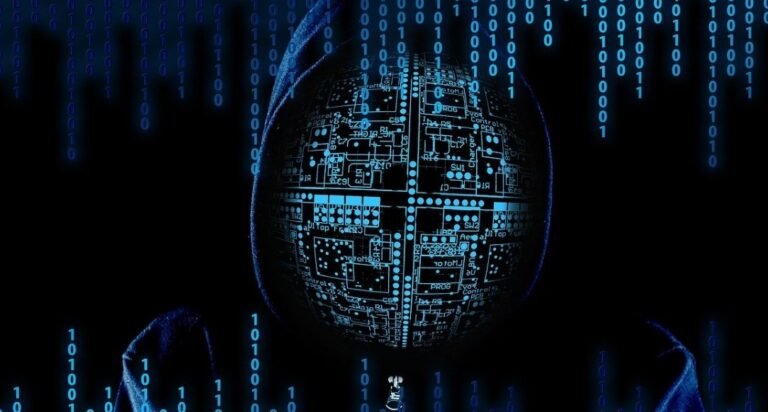As we advance further into the digital age, the significance of safeguarding our online environments cannot be overstated. The landscape of threats is evolving at an unprecedented pace, requiring individuals and organizations alike to remain vigilant and proactive about Cybersecurity. With cyber criminals leveraging increasingly sophisticated strategies and technologies, understanding the importance of robust defensive measures becomes paramount for ensuring the safety of sensitive information and upholding trust in digital transactions.
The Evolving Threat Landscape
The year 2024 brings with it a new array of challenges for Cybersecurity. Traditional threats, such as phishing and malware, continue to pose significant risks while emerging technologies introduce additional vulnerabilities. The rise of artificial intelligence has empowered cyber attackers, enabling them to create more deceptive and pervasive attacks. Furthermore, with the surge in remote work, the expansion of the attack surface necessitates enhanced security protocols to protect both personal and corporate data. Addressing these challenges requires a comprehensive understanding of the current Cybersecurity trends and a commitment to implementing effective strategies.
Key Strategies for Enhancing Cybersecurity
- Adopting a Zero-Trust Security Model
The Zero-Trust approach operates on the principle of “never trust, always verify.” This strategy limits access to sensitive data and network resources, ensuring that every user, device, and application is authenticated before granting entry. As organizations transition towards more decentralized operations, implementing a Zero-Trust model is vital for fortifying Cybersecurity.
- Investing in Employee Training
Human error remains one of the most significant contributors to breaches in Cybersecurity. Regular training programs that educate employees about recognizing threats, such as phishing scams and social engineering tactics, can substantially reduce the risk of potential attacks. Cultivating a culture of security awareness within the workplace is essential for mitigating vulnerabilities.
- Utilizingrecognizing Advanced Threat Detection Technologies
With the advancement of big data and machine learning, organizations now have access to sophisticated threat detection tools that can analyze patterns and identify anomalies in network activity. Investing in these technologies allows for quicker threat identification and response, enhancing overall Cybersecurity resilience.
- Regularly Updating Systems and Software
Outdated systems are prime targets for cybercriminals. Ensuring that all software, applications, and operating systems are up-to-date is crucial for protecting against vulnerabilities that could be exploited. Routine updates and patch management should be a core component of every Cybersecurity strategy.
- Establishing an Incident Response Plan
Despite the best preventative measures, breaches can still occur. Developing a well-defined incident response plan enables organizations to react swiftly and effectively in the face of a cyber attack. This plan should outline the steps to mitigate damage and ensure swift recovery, demonstrating a proactive stance on Cybersecurity.
The Importance of Cyber Hygiene
Practicing good cyber hygiene is a foundational aspect of Cybersecurity that individuals can adopt in their daily routines. Simple actions, such as using strong, unique passwords, enabling multi-factor authentication, and regularly monitoring accounts for suspicious activity, contribute significantly to enhanced personal security. Emphasizing the importance of these practices creates a more resilient digital environment for everyone.
The Role of Compliance and Regulations
As the cyber threat landscape evolves, so do the legal and regulatory frameworks surrounding Cybersecurity. Compliance with regulations such as the General Data Protection Regulation (GDPR) and the Health Insurance Portability and Accountability Act (HIPAA) is crucial for organizations to avoid hefty fines and reputational damage. Implementing robust Cybersecurity measures not only mitigates risk but also ensures adherence to legal standards, fostering greater trust among consumers and stakeholders. Regular audits and assessments can help organizations stay compliant while identifying areas for improvement in their Cybersecurity posture.
Emerging Technologies in Cybersecurity
The integration of emerging technologies such as blockchain, artificial intelligence (AI), and quantum computing is reshaping the future of Cybersecurity. Blockchain’s decentralized nature can enhance data integrity and authenticity, making it challenging for cyber criminals to manipulate information. Meanwhile, AI can be leveraged to predict and respond to threats more rapidly than traditional methods, improving an organization’s ability to safeguard its digital assets. As these technologies continue to develop, they promise to bolster Cybersecurity efforts significantly, offering innovative solutions to counteract the ever-evolving tactics of cyber attackers.
Conclusion
In conclusion, Cybersecurity remains a critical aspect of safeguarding personal and organizational information in the digital age. With the constant evolution of threats and technologies, it is imperative to remain proactive and stay informed about current trends and strategies for mitigating risks. By implementing robust defensive measures, practicing good cyber hygiene, staying compliant with regulations, and leveraging emerging technologies, individuals and organizations can enhance their Cybersecurity posture and foster greater trust in the digital world. So let us all make a conscious effort to prioritize Cybersecurity and take necessary precautions to protect our digital assets from potential threats.

